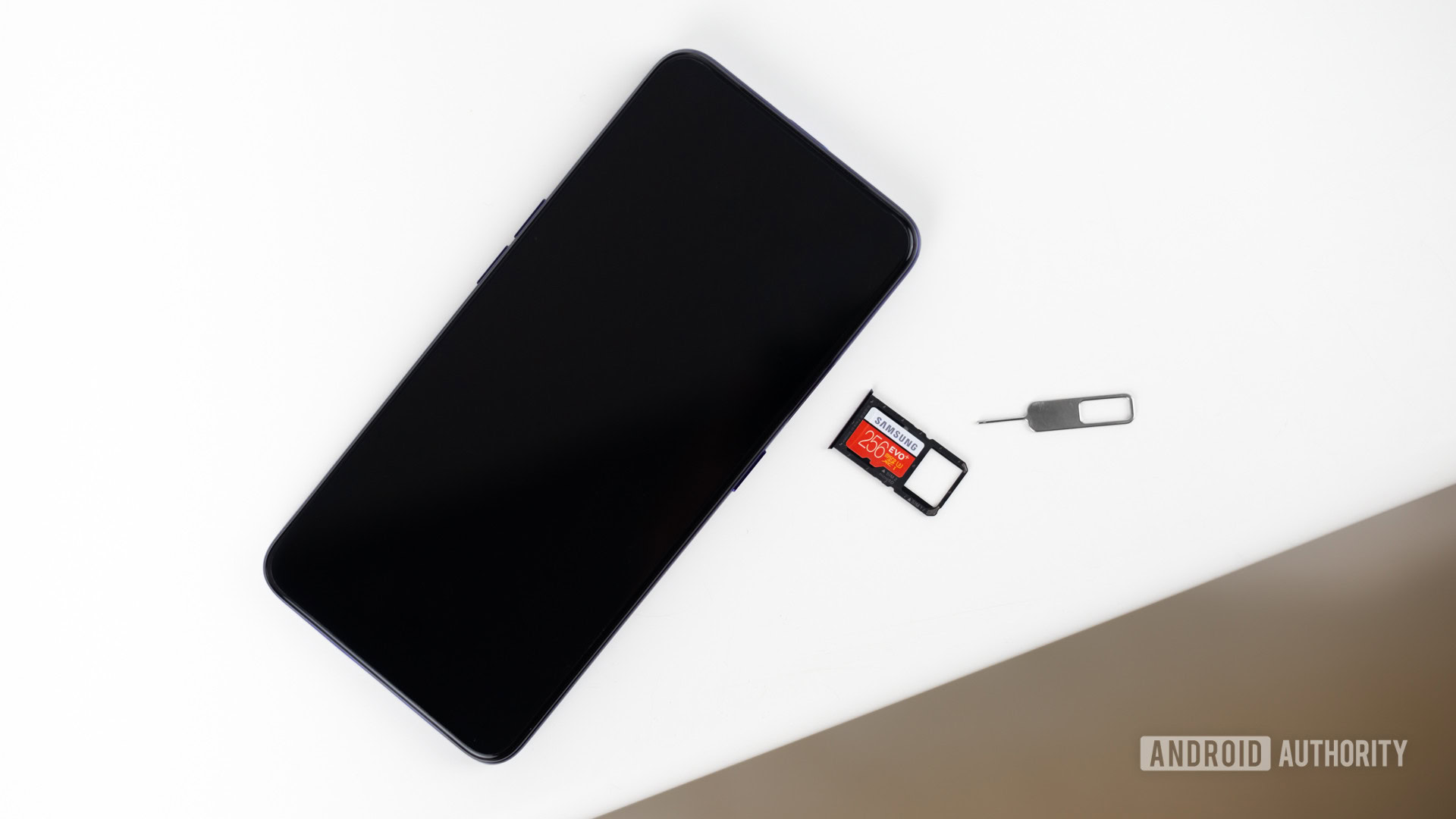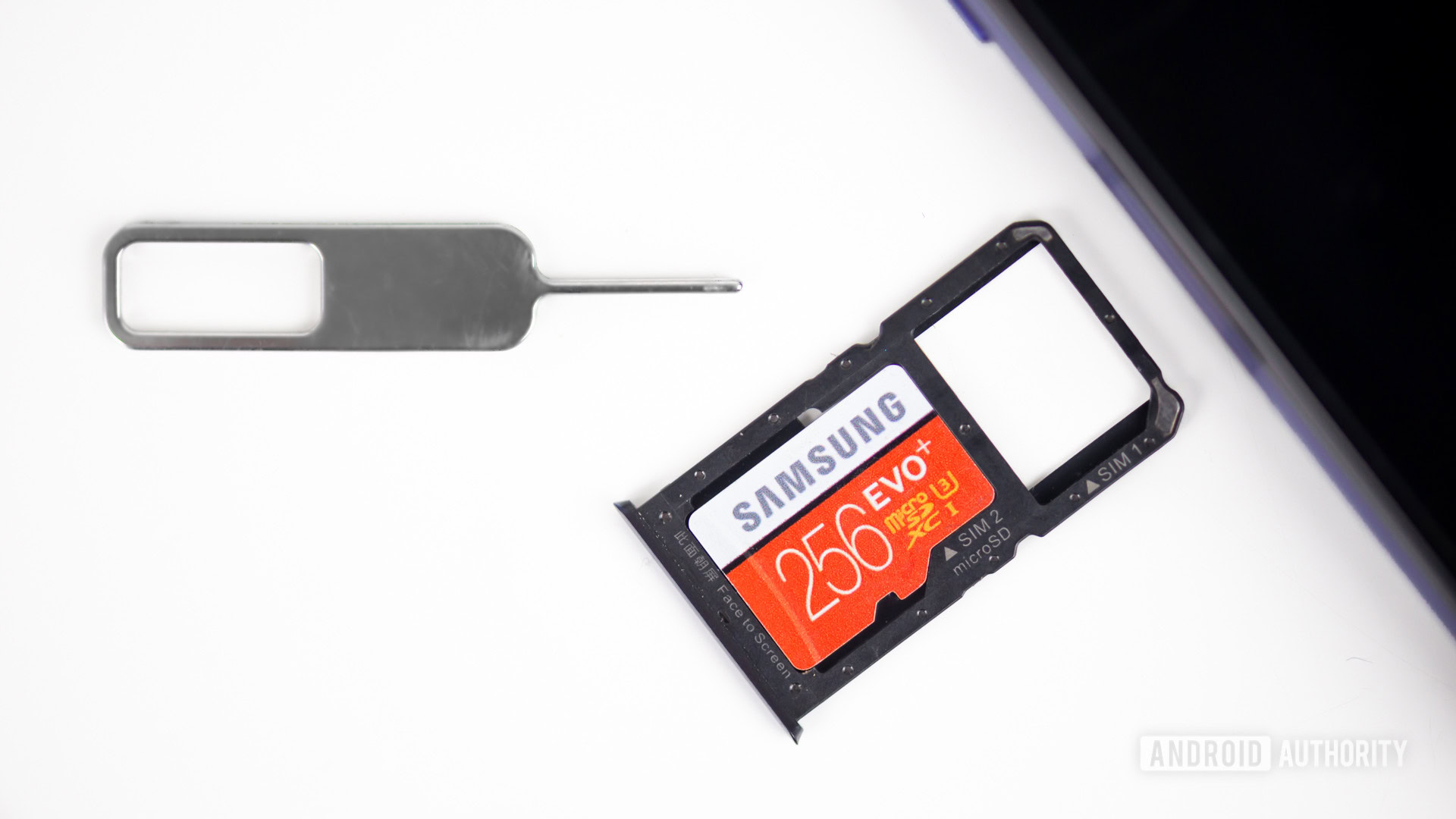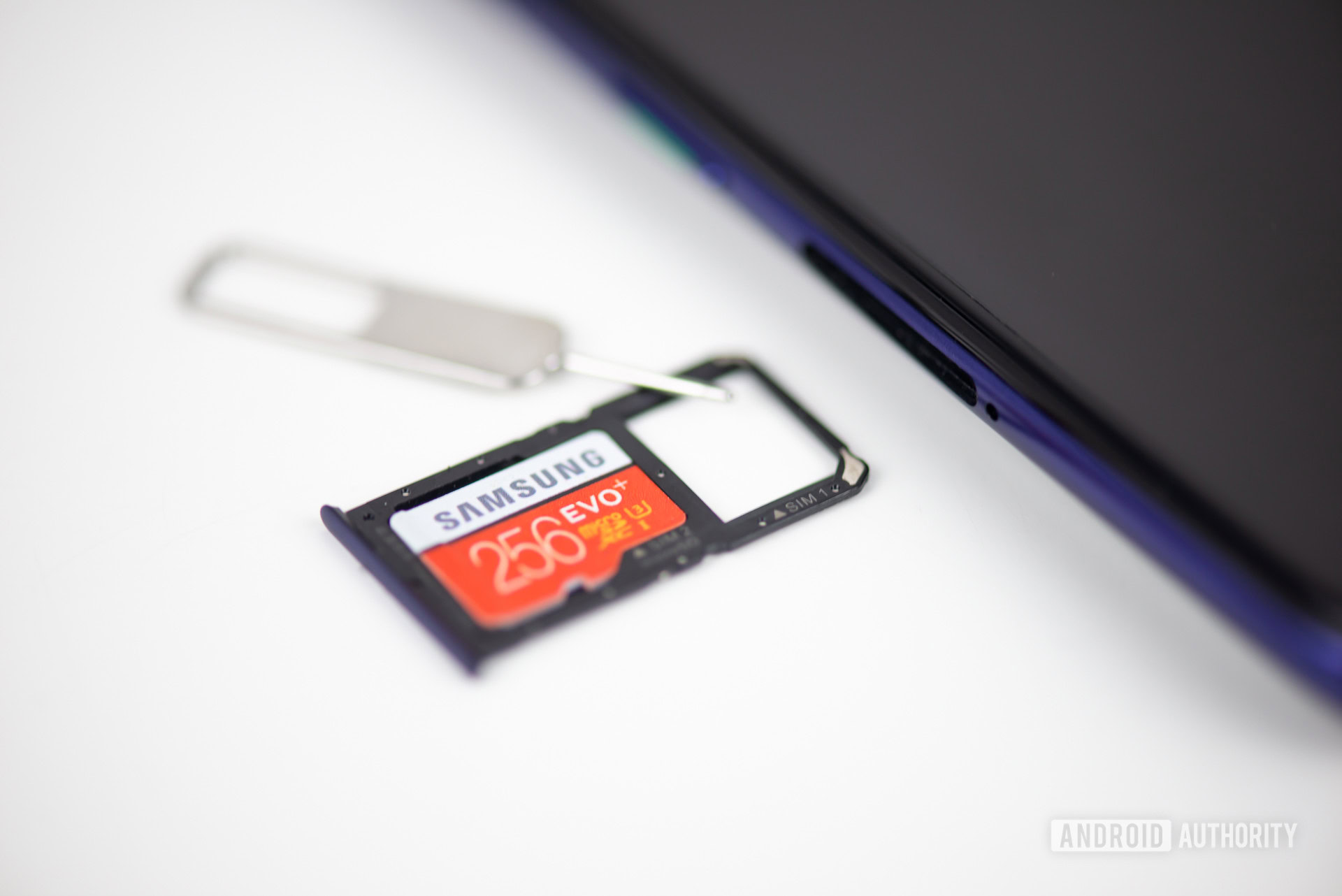Affiliate links on Android Authority may earn us a commission. Learn more.
Where are the 2TB microSD cards?
December 28, 2021

Ultra high-capacity microSD cards are a promise mostly unfulfilled. The SD Association approved the SDXC spec back in January 2009, which supported memory cards up to 2TB. Granted, that was a theoretical maximum at the time. It took the industry a whole 10 years (!!!) to actually bring 1TB microSD cards to the market and 2TB microSD cards have simply never materialized. Why is that? Turns out there are reasons and most of them are pretty straight forward.
Related: The best microSD cards you can get
Here’s why 2TB microSD cards may never come to market.
Does microSD have a future?

Some believe microSD cards are dying off in mobile phones, if not dead already. When Samsung debuted the Galaxy S21 series earlier this year without support for expandable storage, many sounded the death knell for microSD. After all, if one of the two biggest phone makers on earth doesn’t support it surely it’s on its way out, right? Not quite.
Case in point. Apple has never supported expandable storage in its iPhones. The company always locked customers into set storage capacities and then used the difference to upsell people on the ability to store more photos, movies, and music. For example, today’s iPhone 13 Pro family is available in 128GB, 256GB, 512GB, and 1TB capacities. Those who are nervous that 128GB is not enough will spend the extra money for more capacity, a win for Apple.
Samsung, on the other hand, has long supported the idea of microSD cards — and it still does. Sure, the company deleted the option from its 2021 flagships, but a huge percentage of its mid-range and entry-level fare still include slots for microSD cards. Just look at the Galaxy A13, A32, or A42.
Samsung isn’t alone. Myriad affordable handsets still offer expandable storage. This allows manufacturers such as Motorola, Nokia, and others to offer phones with smaller amounts of built-in storage that cost less. Consumers are still sensitive to phone pricing in emerging markets. Keeping built-in storage down keeps costs down. MicroSD gives people who need more storage an option on devices such as the Motorola G Power or Nokia X100.
The SD Association sees a bright future for microSD cards.
But these represent just one business opportunity for microSD. It’s important to remember that mobile phones are not the only market for microSD cards. In fact, the SD Association sees a bright future for memory cards. It points out that multiple markets for microSD cards are still growing, including action cameras, drones, automotive multimedia systems, handheld gaming consoles, surveillance camera systems, 8K video capture devices, virtual reality headsets, and much more.
Many high-end mid-range and flagship smartphones start their internal storage at about the 128GB mark, often negating the need for expandable storage. So while flagship phones have begun to eschew removable storage for built-in options, microSD still has plenty of room to grow.
But what about 2TB microSD cards?

Have you shopped for a microSD card lately? Cards with capacities of 32GB, 64GB, 128GB, and 256GB are plentiful and affordable. In fact, it’s amazing how cheap a 128GB card is these days. You can score one for $15 to $40, depending on the speed/class of card.
Want a 1TB microSD card? Pricing runs an even wider range. Depending on where you look, the cost of a 1TB microSD card ranges from $40 to $400. For $40 you’ll get a slow, outdated card from a brand you’ve never heard of, while at $400 you’ll nab the fastest card available from a top-tier brand like SanDisk. The average price at the moment is about $250 (though that appears to be skewed low due to holiday sales.) That’s a lot of money to spend on an accessory for a phone that might cost $500 to $750.
Related: MicroSD Express is the fastest memory card format for phones
When we asked manufacturers of microSD cards when we might see cards with higher capacities, the answer boiled down to basic economics.
“Technology for 1TB cards is there and some competitors have implemented it,” said Kingston in an email to Android Authority, “however the need for such large ‘temporary’ storage via memory cards is still a very small, niche market (think in-flight media displays), that only accounts for approximately 0.3% of densities shipped [worldwide]. As such, we are inclined to wait for the market to mature so that we can offer an affordable solution to fit our customer’s needs.”
1TB cards account for just 0.3% of worldwide demand for memory cards.
So, 1TB cards account for just 0.3% of worldwide demand for memory cards, according to Kingston. That means 99.7% of the market is satisfied with cards 512GB and below. This leaves memory card makers with a very small addressable market at or above 1TB, one so small it’s hardly worth targeting at all.
With such little consumer interest in cards at the 1TB level, is it any wonder that card makers have ignored the 2TB level? Further, the cost would likely be outrageously high. With top-rated 1TB microSD cards running $400, surely a 2TB version of the same card would cost $600 if not much more.
Like Kingston, Samsung isn’t keen on ultra high-capacity memory cards for the moment. When asked, it said, “Samsung offers a full line of cards in a range of capacities that best meet the current demands of its customers. For customers that need a higher capacity option, Samsung offers its family of portable SSDs that enable customers to easily transfer and store content on the go.” In others words, Samsung is more interested in selling you an external hard drive than it is a high-capacity microSD card.
This is all to say that 2TB microSD cards don’t exist because no one is asking for them. Pretty simple.
Does your current phone have storage expansion?
Thank you for being part of our community. Read our Comment Policy before posting.